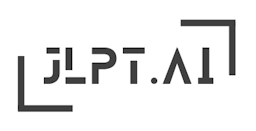

N1
音読み:kou
訓読み:hori
コウkou
ほりhori
Moat
Imagine a castle surrounded by a deep moat, symbolizing protection and defense against enemies.
Although not as common as some other kanji, '堀' may appear in higher levels of JLPT exams, particularly in reading comprehension sections related to historical and architectural topics.
城の周りには堀があります。
There is a moat around the castle.
しろのまわりにはほりがあります。
shiro no mawari niwa hori ga arimasu.
堀を掘る作業に従事しています。
I am engaged in the task of digging a moat.
ほりをほるさぎょうにじゅうじしています。
hori o horu sagyou ni juuji shiteimasu.
堀が奥に広がっています。
The moat extends deep into the back.
ほりがおくにひろがっています。
hori ga oku ni hirogatteimasu.